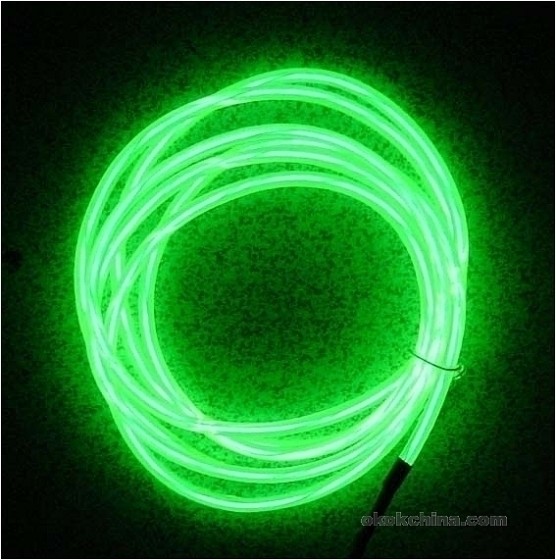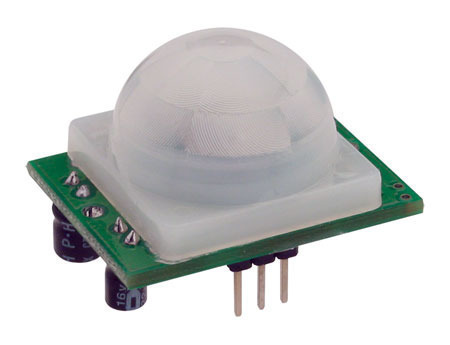Electroluminescence is the phenomenon where a material emits light when electricity is passed through it. It is one of the greatest discoveries of the twentieth century and other forms of luminescence, including incandescence, chemiluminescence, cathodoluminescence, triboluminescence, and photoluminescence rival it. Electroluminescence generally involves a material producing light without producing heat. It is different from black body light emission, which only mechanical actions produce.
How Electroluminescence Works
Electroluminescence is produced when an electric current is passed through a semiconductor with tiny holes. As excited electrons pass over these holes, they are emitted into the free air as particles known as photons. The semiconductor is usually made of a film, whether organic or inorganic, and some types of metal known as a dopant can dye it. This is the most basic principle of all LEDs and most electronic lights in general. Specifically, there is a phosphorous-based electroluminescent back light in virtually all electronic devices that illuminates the LCD (Liquid Crystal Display).
Applications
Electroluminescence has many uses. It is used in automobile dashboards to illuminate a car’s meters. Likewise, it is used in electronics to illuminate small LCD panels. Also, any billboard that is illuminated at night is generally using electroluminescence. Electroluminescence should not be confused with neon and fluorescent lamps.
Advantages
Electroluminescence has several advantages that has led its being used so widely in electronic devices. Electroluminescence requires very little current in order to work. This is advantageous in small electronic devices because they often run on batteries that are 1.5 Volts or smaller. Electroluminescent devices can produce any color and are very simply designed.
Disadvantages
Though electroluminescence can be advantageous in most cases, it does have a few disadvantages. For example, electroluminescent devices require very little current, but high amounts of voltage – usually between 60 and 600 Volts. These voltages can be consistently provided for electroluminescent devices that are connected to a power line at any time of day. In battery operated, hand-held devices however, a converter circuit that is built into the device must provide the voltage.




Nancy Rosekrans
Hello, a number of years ago I bought Animotion Blinking Eyes, a “new electroluminescent technology” it reads.
With new batteries they no longer work. It is a throw away item now? I’m pretty sure they are about 10 or 12 years old. Worked at first — not now. Thanks.